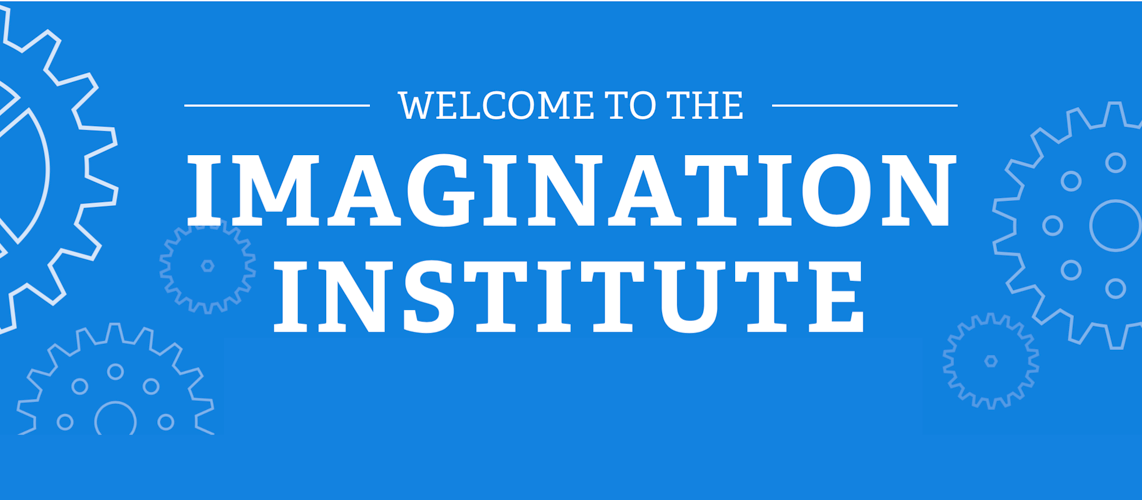University of North Carolina, Greensboro
How does the brain come up with creative ideas? This project examine how two different brain networks influence creativity. One network—the default mode network—is associated with spontaneous, imaginative thought. The other—the executive control network—is associated with narrowed, controlled thought. We propose that creativity involves the cooperation of these seemingly contrary brain networks. This project involves neuroimaging 200 adults, around 40% of whom are heavily invested in creative projects. After, people will take part in a week-long experience sampling study that measures imagination in everyday life as well as a comprehensive assessment of cognitive abilities and personality traits. We expect that a statistical index of network cooperation will predict the creativity of people’s ideas, both in the scanner, the lab, and in everyday life.
Researchers

Roger Beaty
Roger Beaty studies the neuroscience of creative thought, particularly how different brain networks can foster the generation of creative ideas. In addition to his neuroimaging research, he studies the psychology of music, such as how performers improvise creatively and why people experience musical mental imagery.

Paul Silvia
Paul Silvia studies ways of assessing creativity and how people can influence the quality of their ideas. He is the President-Elect of the Society for the Psychology of Aesthetics, Creativity, and the Arts and the author of six books, including How to Write A Lot (APA Books) and Exploring the Psychology of Interest (Oxford University Press).
